Tea Leaf Jars Design
Final Design and Prototype
The design of the tea leaf jars is crucial to the implementation of the room, as the jars play an important role in delivering the 'Ancient China' theme of the room, and they are the major components that guests are going to interact with during the game. Detailed in this page are the final design for the design on the jars, as well as how they were implemented in the prototype.
Concept Refinement and Feedback
Numerous jar designs were created perviously during concept refinement, including some geometric motifs and patterns with distinctive Chinese cultural symbols. Shown below are some of the designs previously done, and more could be found here.
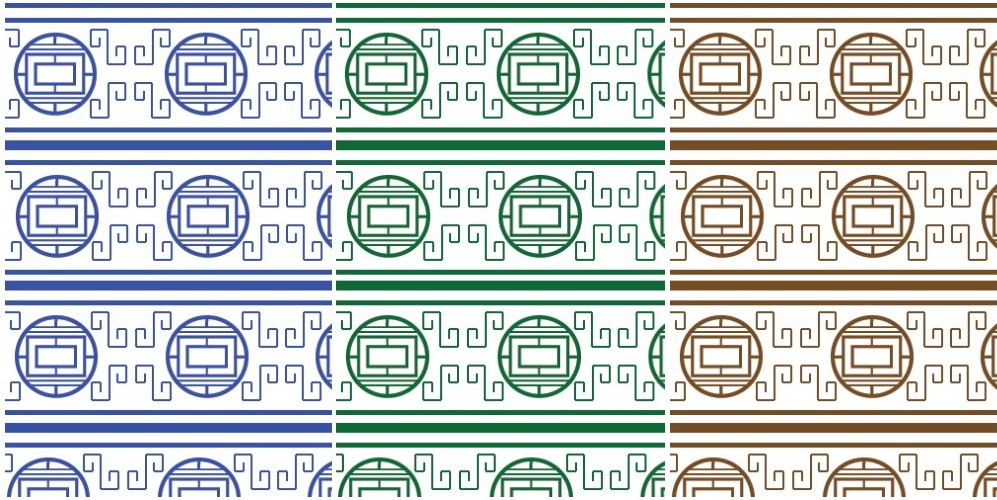
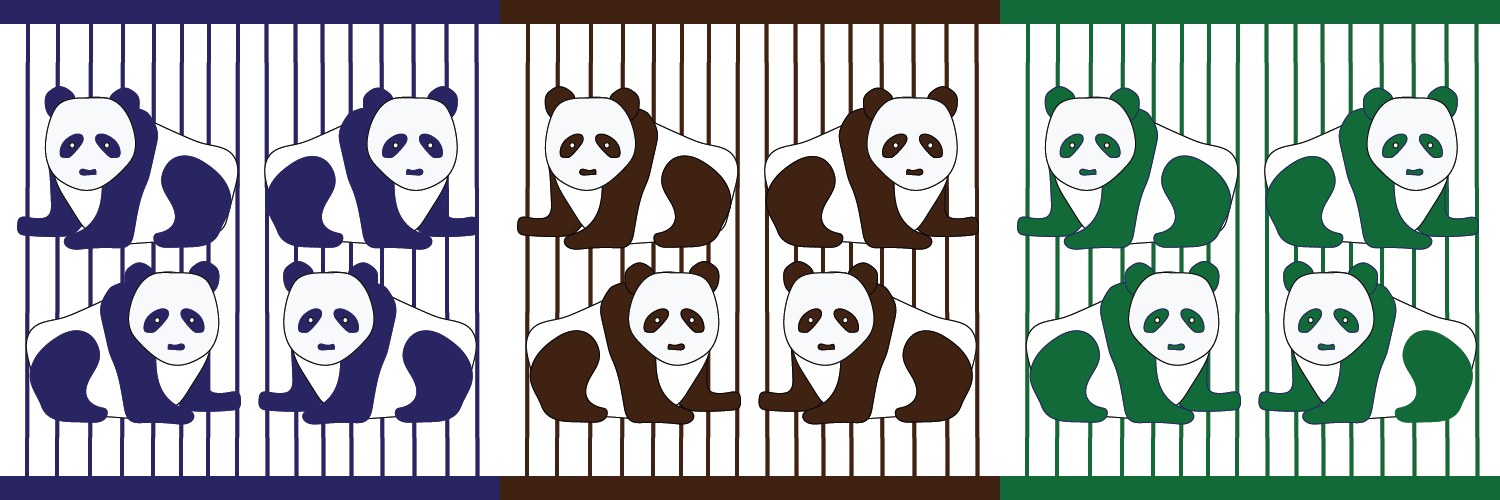
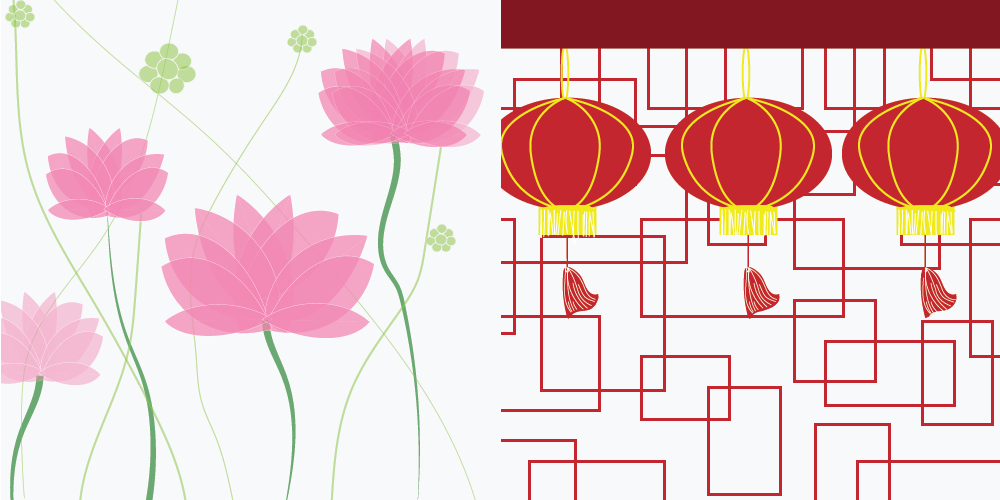
While most of the designs received positive reviews, there were concerns that some of the designs, in particular the intricate geometric patterns, may be slightly too difficult due to their subtle differences. It was also unclear how designs would be applied to the actual jars.
Final Design
Taking into the feedback from the concept refinement submission, it was determined that the best way forward is to simplify the design of the jars. Thus, only few of the most distinctive and easily-distinguishable geometrical motifs are to be used in the final prototype, and the other non-geometric designs were improved to allow players to identify the designs more easily. As there are 4 prototype jars to be painted (thus 16 designs to be applied), 8 designs were created and finalized (such that each design would only be repeated once), as shown below.
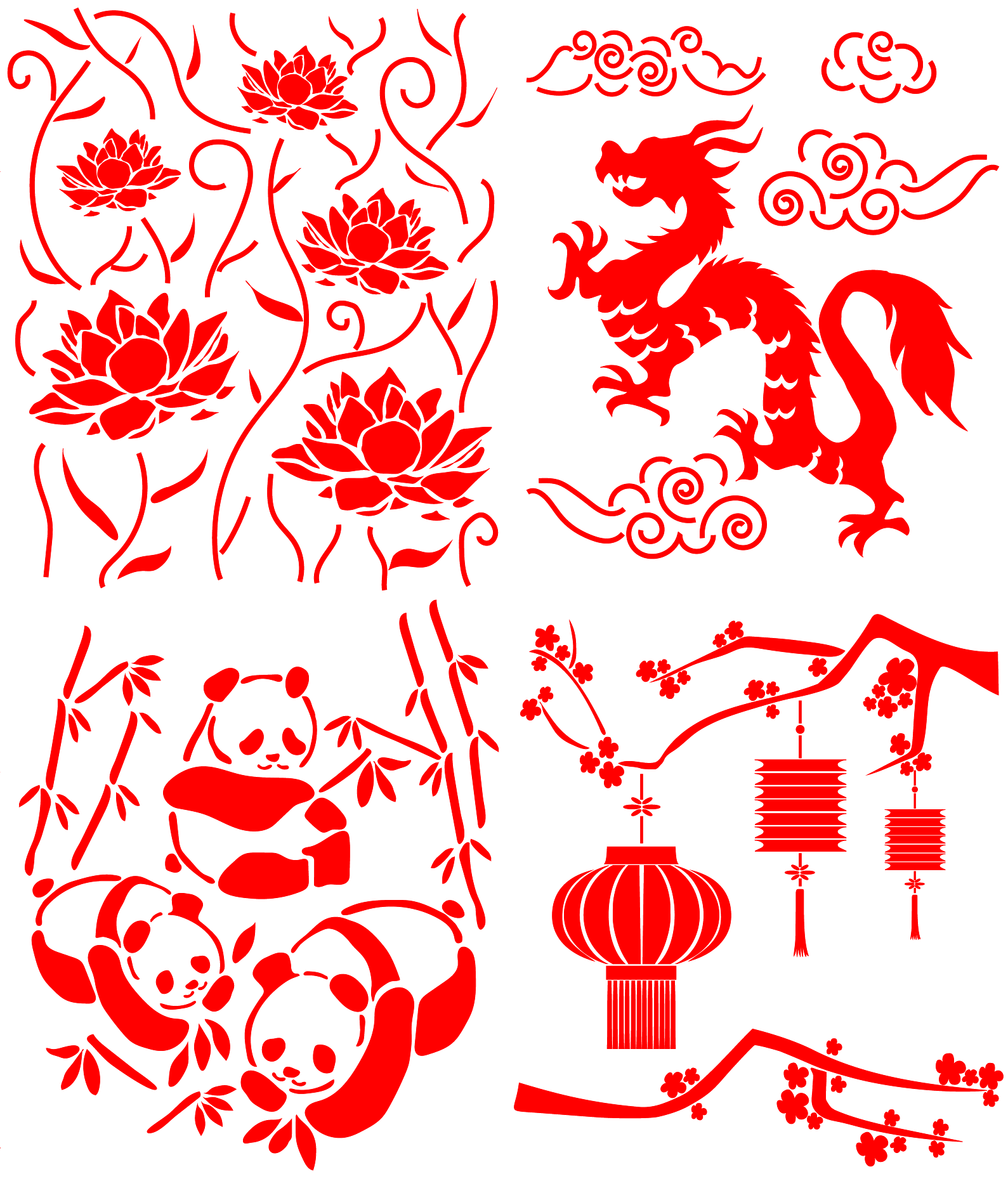
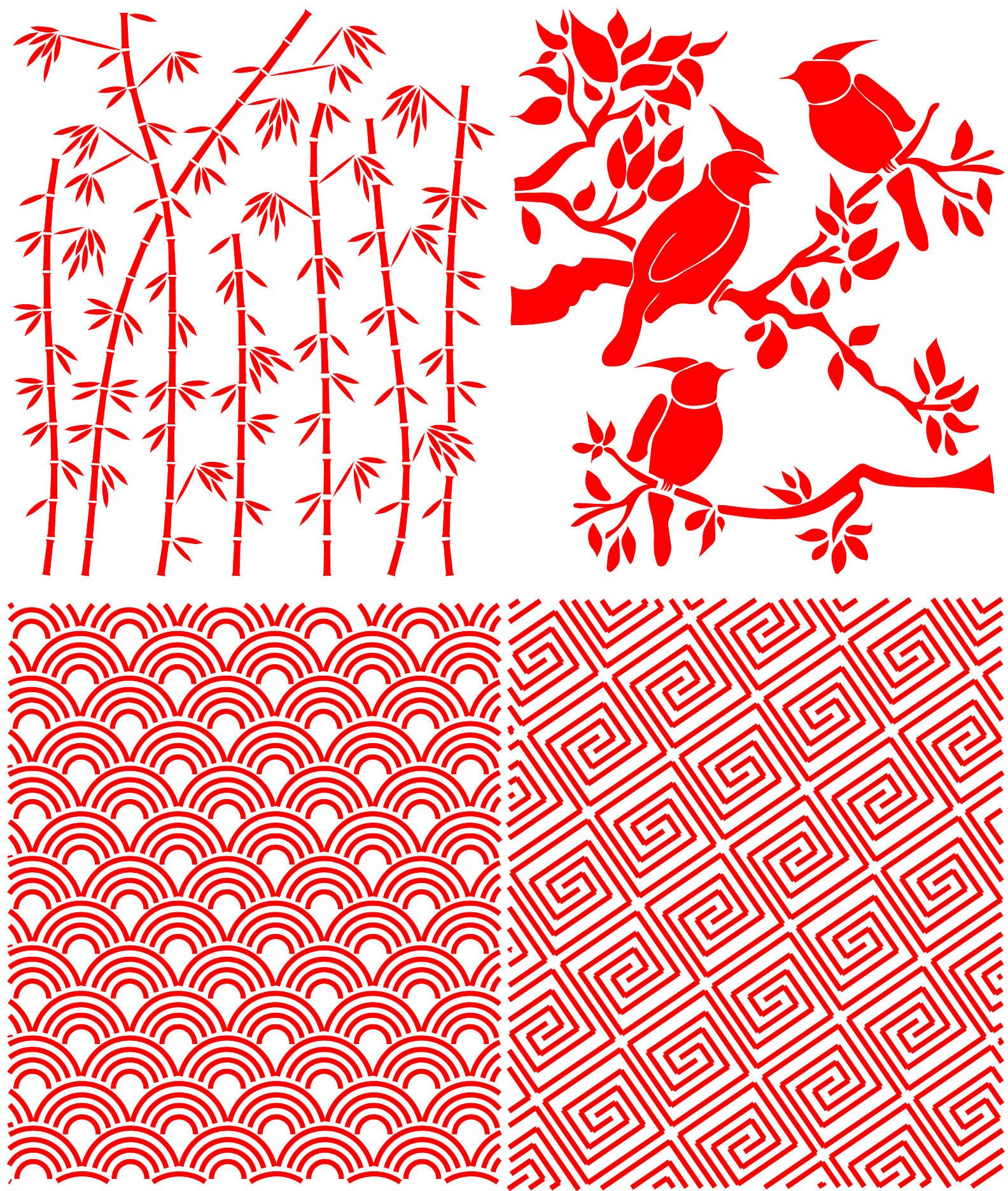
Prototyping
After creating all the designs on Illustrator, negative stencils were used to help transfer the designs onto the jar surfaces. To determine the best material to create the stencils and designs, the team experimented with two types of stencils - the first one being laser-cut cardboard stencils. The picture below shows the sample outcome of spray-painting with the cardboard stencils. The paint was bleeding along the wood grains (which could be resolved by priming the wood more thoroughly before spray painting), and there was also overspray due to the gap between the stencil and the wood surface. The team also experimented with painting over the stencils using acrylic, but the problem of large gap between stencil and wood surface persisted.

The second type of stencils tested were adhesive vinyl stencils created using the vinyl cutter. After using the vinyl cutter to trace out the designs on the vinyl, the positives of the stencil were peeled off the vinyl to create the negative stencil, as shown in the picture below.
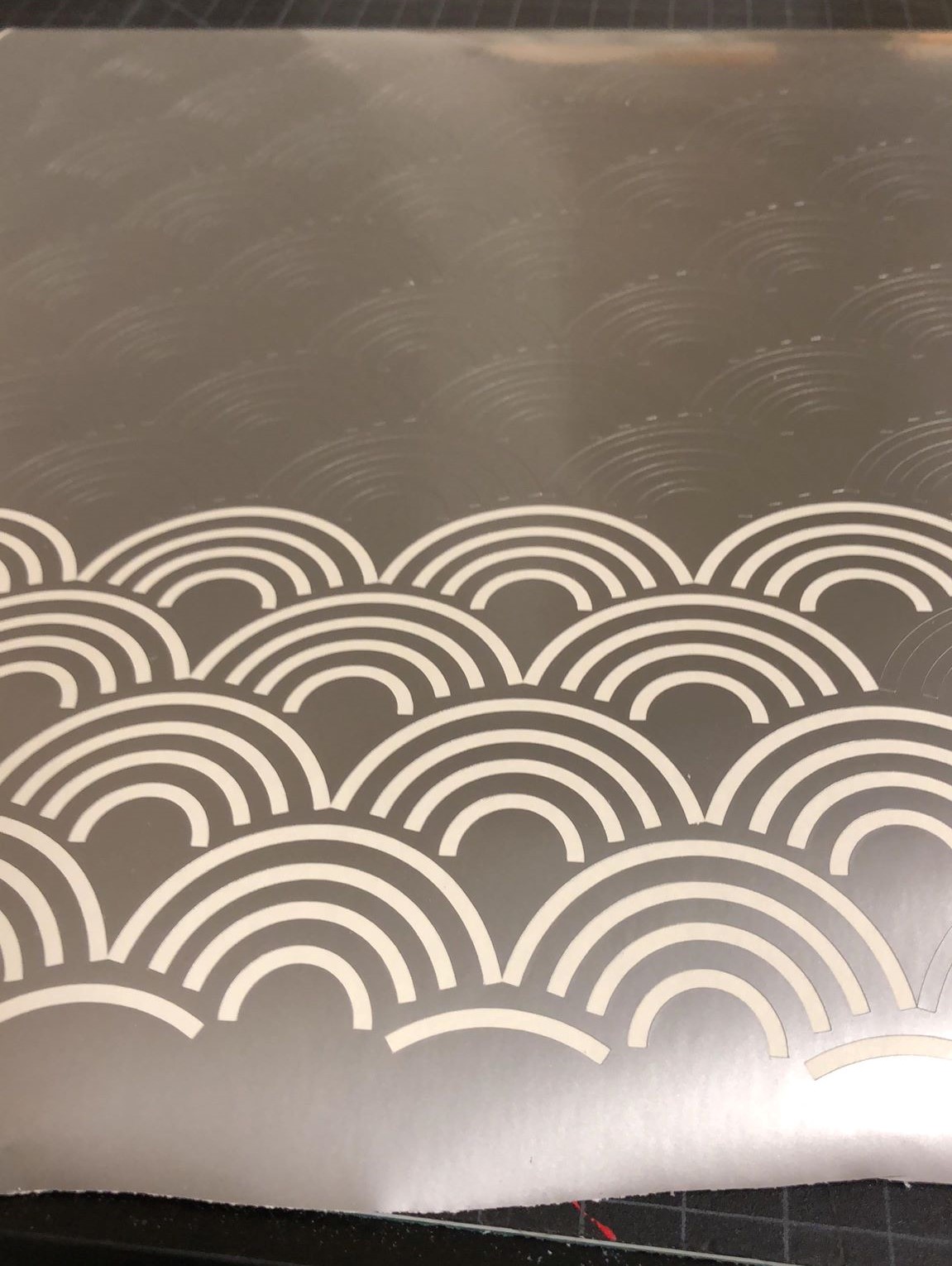
The stencil was then transferred to the wood surface using transfer paper, and spray paint was applied lightly over the surface. Using this method yields the best results, with the design transferring nicely onto the wood - even some intricate details did not 'get lost' in the process. However, it was also quite tedious: it was time-consuming to peel off all the positives (particularly for the geometrical patterns), and it was also at times difficult to remove the transfer paper from the vinyl. Moreoever, unlike cardboard or wood stencils, vinyl stencils could not be reused, and a separate stencil has to be made for each side of the jars. For the above reasons, the team ultimately decided to not pursue the two designs with geometrical patterns on them. Below is a picture of the panda design being applied onto one of the jars. The unpainted sides were covered up to prevent spray paint from getting on them.
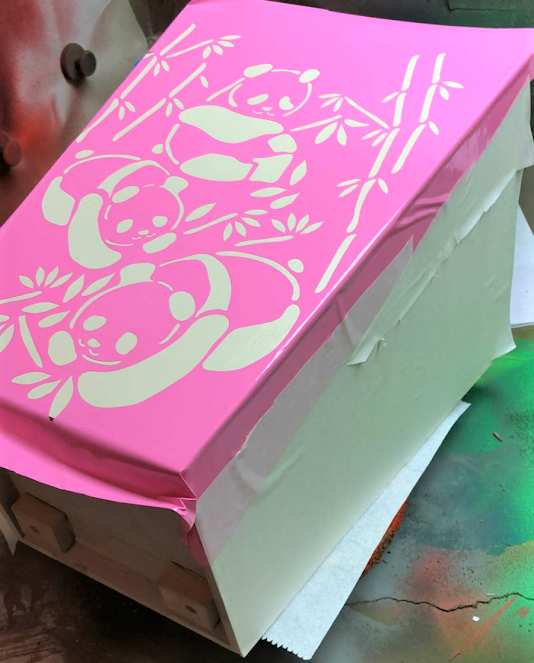
After all the sides were painted, final touch-up were done to fix any tiny mistakes (for example, some of the base paint was peeled off when the stencils were removed, and there were some minor overspray in a few sides). Clear gloss were then sprayed onto the jars to add a nicer finish. Below are some examples of the finished jars!